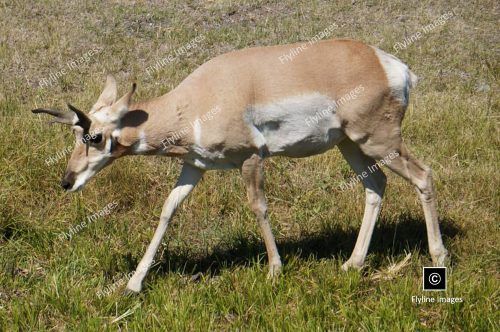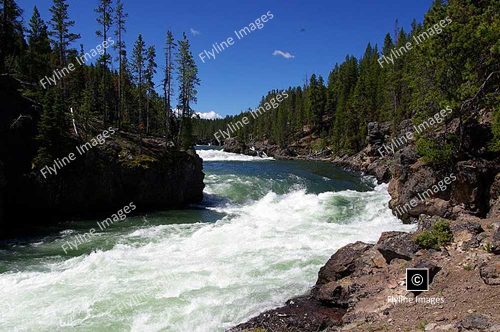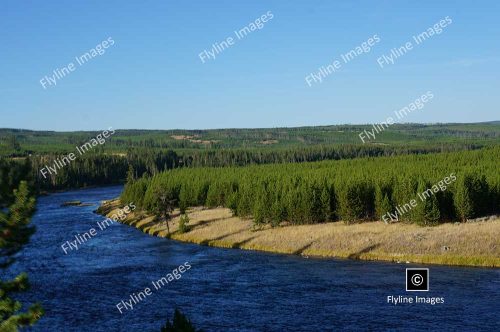Hot Spring In Yellowstone National Park
Hot Spring DSCN 2071 V
$5.00
Description
Hot springs are a remarkable geological feature found throughout Yellowstone National Park, resulting from the interaction between underground water and geothermal activity. The park sits atop a supervolcano, where molten rock heats the groundwater, causing it to rise to the surface. This geological setup not only produces hot springs but also geysers, fumaroles, and mud pots, making Yellowstone one of the most active geothermal areas in the world. The unique combination of heat, minerals, and abundant water creates a vibrant ecosystem that supports a variety of microorganisms, many of which thrive in the extreme temperatures. Visitors are often drawn to these natural wonders for their stunning beauty and the soothing experience of warm water, making hot springs a defining characteristic of Yellowstone’s diverse landscape.
Hot springs have been utilized for various purposes by humans throughout history. Native American tribes, including the Shoshone and Bannock, were among the first to recognize the healing properties of hot springs in Yellowstone. They used them for medicinal and spiritual purposes, believing that the mineral-rich water could cure ailments and bring good luck.
In the early 19th century, European explorers and fur trappers began to visit Yellowstone and document the hot springs they encountered. The park’s establishment in 1872 further popularized hot springs as a tourist attraction. As more people flocked to Yellowstone, infrastructure such as boardwalks and bathhouses were built to accommodate visitors seeking relaxation and healing.
Today, hot springs continue to play an important role in the tourism industry of Yellowstone, with millions of visitors coming each year to experience the unique geothermal features. However, it is crucial to note that these natural wonders are fragile and must be preserved for future generations. The park has implemented measures to protect its hot springs, including strict regulations on swimming and soaking in them. This ensures that the delicate balance of minerals and microorganisms remains undisturbed.
In addition to their recreational and cultural significance, hot springs also serve as valuable research sites for scientists studying extremophiles – organisms that can thrive in extreme conditions. These microorganisms found in Yellowstone’s hot springs have unique adaptations that could potentially lead to breakthroughs in medicine and biotechnology.
Image & Download Information
For this product, we have provided 3 image size options, Large 4000 x 2500, Medium 2000 x 1250 and Small 1000 x 625. When you purchase this photo, you will receive an email confirmation of your order. That email will summarize your purchase and provide you with the download links for the images and videos you purchased.






